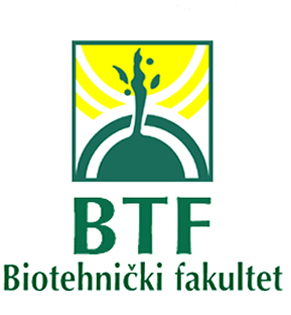| Abstract : |
The objective of the study was to determine the insecticides residual effect duration to honey bee, alfalfa leaf-cutting bee and bumble bee. The bees can be ranged by the increase of susceptibility to insecticides as follows: bumble bee, honey bee and alfalfa leaf-cutting bee.The most ecologically safe chemicals to bees were pyrethroids. Their residues on plant surface were non hazardous to bumble bee. Non hazardous to honey bee were the residues of Fastac, Sumicidin, Mavrik; low hazardous - Decis, Ambush, Cymbush, Sumi-alfa and Talstar. To leaf-cutting bee the residues of only Mavrik were non-toxic. Detoxication of other pyrethroids took 0.5 – 5.0 days. More hazardous to pollinators were organophosphorus insecticides. Bazudin, Fosfamid, Dursban applied at minimal application rates were hazardous, at maximal rates – highly hazardous during 6.0 – 7.5 days to honey bee and 8.0 -10.0 days to leaf-cutting bee. To bumble bee the residues of Carbofos and Hostaquick were not hazardous at minimal rates and low hazardous at maximal ones. Zolone and Actellic were not hazardous at all rates. These insecticides were low hazardous to honey bee, but hazardous to leaf-cutting bee at all rates. Karate took the intermediate position to these 2 kinds of bees. Zolone was slightly toxic to honey bee at maximal rate. Of tested neonicotinoid insecticides the residues of Pondus were practically not hazardous to bees, the residues of Confidor were hazardous to honey bee for 2 days and to alfalfa leaf-cutting bee – 4 days, but not hazardous to bumble bee. |

